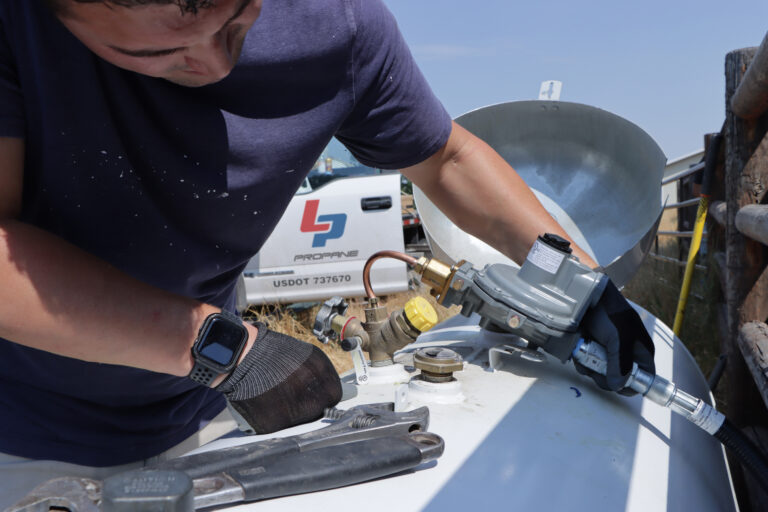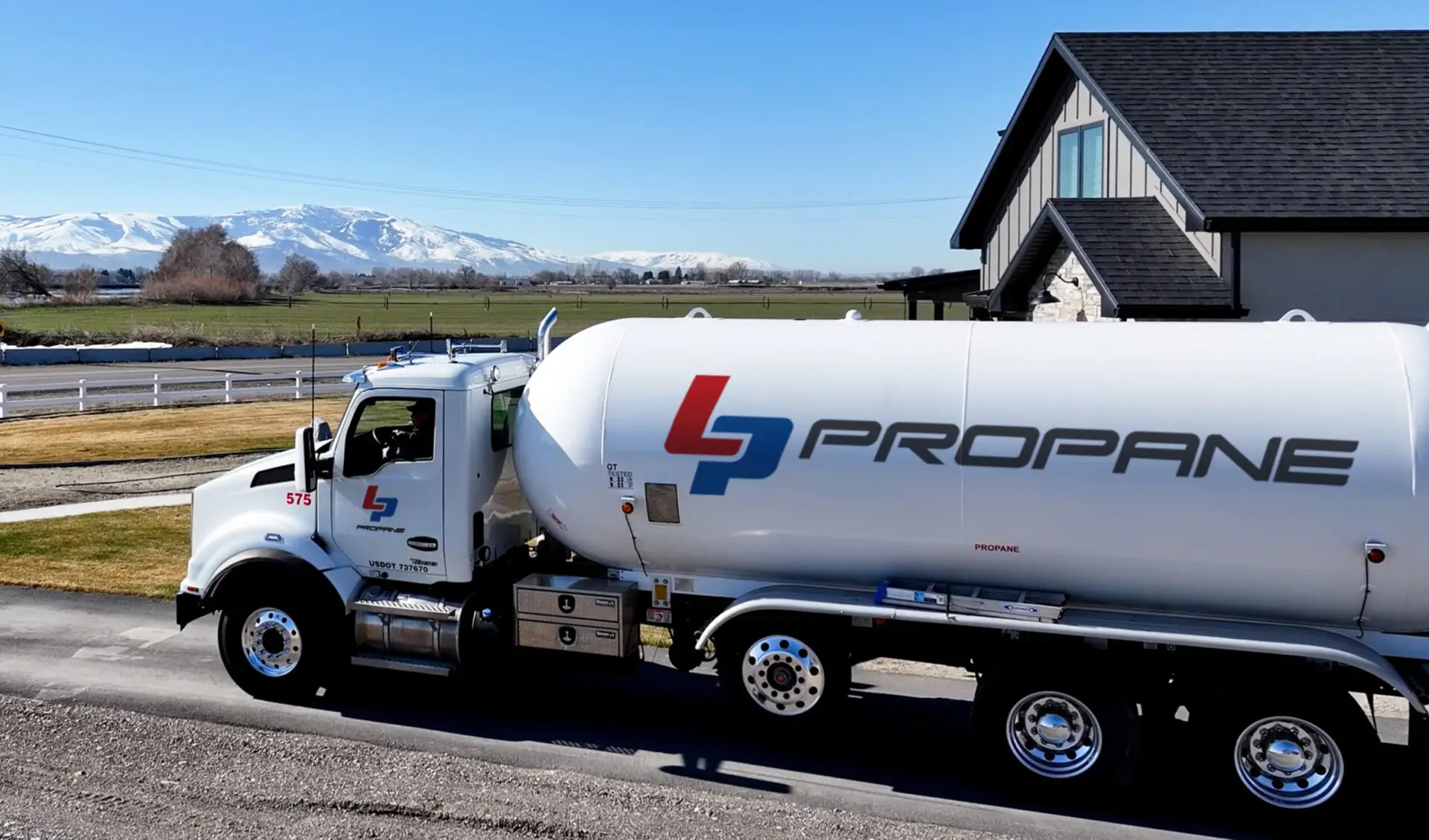
How Propane Powers Industrial Equipment: Forklifts, Heaters & More
Secrets to Lowering Your Propane Bill This Winter Propane is gaining popularity as a fuel for industrial processes due to its reliability, dependability, and environmental friendliness. It is a power source for a variety of machines, such as generators, forklifts,

